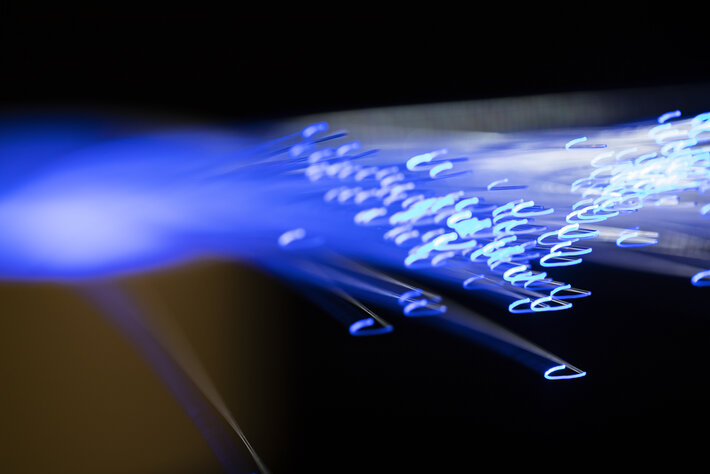The growing popularity of mobile devices with large screens – called phablets – and also small screen wearable devices, such as smartwatches, is making interacting with them with one hand increasingly difficult. This is especially true when trying to input text with one hand. Computer scientists at the UK’s University of St Andrews have come up with the solution – a tilt-based gesture keyboard text entry technique that supports entering one word per gesture.
Called SWiM – Shape Writing in Motion – users tilt the device to control a pointer ball which traces a path for the gesture keyboard to input text.
A short demonstration of SWiM can be seen here on Youtube.
Professor Aaron Quigley, chair of Human Computer Interaction at the School of Computer Science at the University, said: “The design of both wearable and large mobile devices assumes both hands are free, however one-handed use of devices, regardless of their size, is now commonplace.
Indeed, if you are reading this on a mobile device, ask yourself, are you holding the device with one hand or two?
“When we consider phablets, it’s difficult to hold them firmly in one hand, let alone interact with them. This is due, in part, to the limited functional area of the thumb which makes it difficult to reach all areas of the screen.”
“In addition, unintended touches from the palm area may occur. These problems will be exacerbated if the trend of larger mobile phone screens continues. Yet, there are many occasions when the user’s other hand is encumbered or not available, such as due to a disability or when holding a bag, a cup of coffee, or an umbrella.”
Hui-Shyong Yeo, postgraduate researcher in the School of Computer Science at the University, who led the project, said: “SWiM is based on the shape writing technique commonly referred to as a gesture keyboard, which we extend to support input by tilt. Instead of using a finger to draw over the on-screen keyboard, we use wrist motion of the dominant hand to trace an input to perform shape writing.”
A pilot study showed that first time users could achieve a rate of 15 words per minute (wpm) after minimal practice and a rate of 32 wpm after approximately 90 minutes of practice.
 Professor Aaron Quigley added: “As more and more computation is woven into the fabric of our lives, fluid interaction with such systems and devices requires us to examine our thinking about such interaction and challenge our basic assumptions.
Professor Aaron Quigley added: “As more and more computation is woven into the fabric of our lives, fluid interaction with such systems and devices requires us to examine our thinking about such interaction and challenge our basic assumptions.
SWiM does this, as it affords people a new way to input text and it solves a number of real problems people have today with both small and large devices used with one hand.
“While SWiM can be applied to smaller devices such as smartwatches and larger devices like tablets, as shown in our studies, we suggest that it can be also applied to game controllers or VR headsets.”
Comment on this article below or via Twitter: @IoTNow_ OR @jcIoTnow










